Latex mattresses are celebrated for their exceptional durability, superior support, and natural breathability, making them an ideal choice for those seeking the perfect balance between luxury and restful sleep. While the allure of a latex mattress is undeniable, ensuring its longevity and continued excellence requires a little TLC. So, whether you've recently invested in this dreamy sleep surface or savouring its comfort for years, understanding the art of cleaning and caring for your latex mattress is essential.
What is a Latex Mattress?
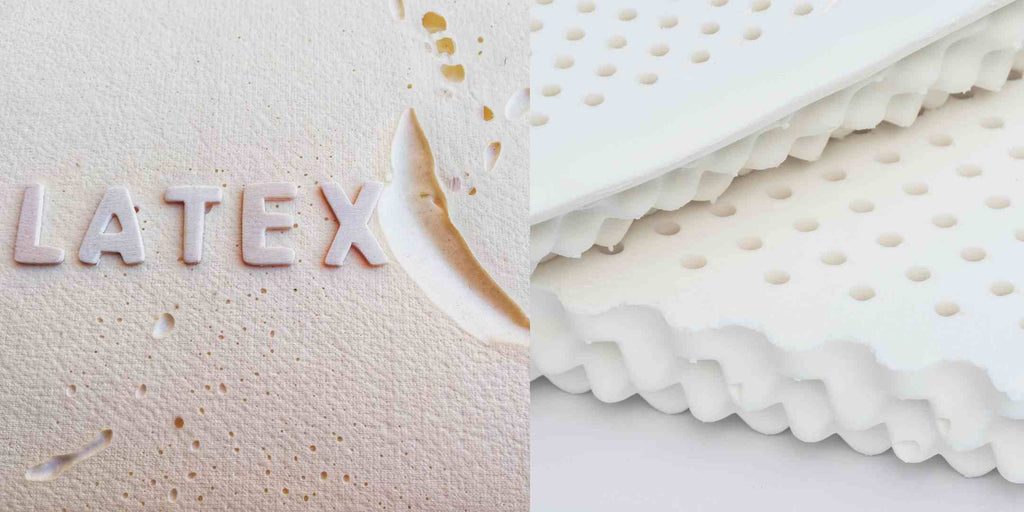
Latex mattresses are a unique and popular choice in bedding, known for their exceptional comfort and durability. Latex mattresses are crafted from natural or synthetic latex foam derived from the rubber tree's sap.
Lifespan and Durability of Latex Mattress
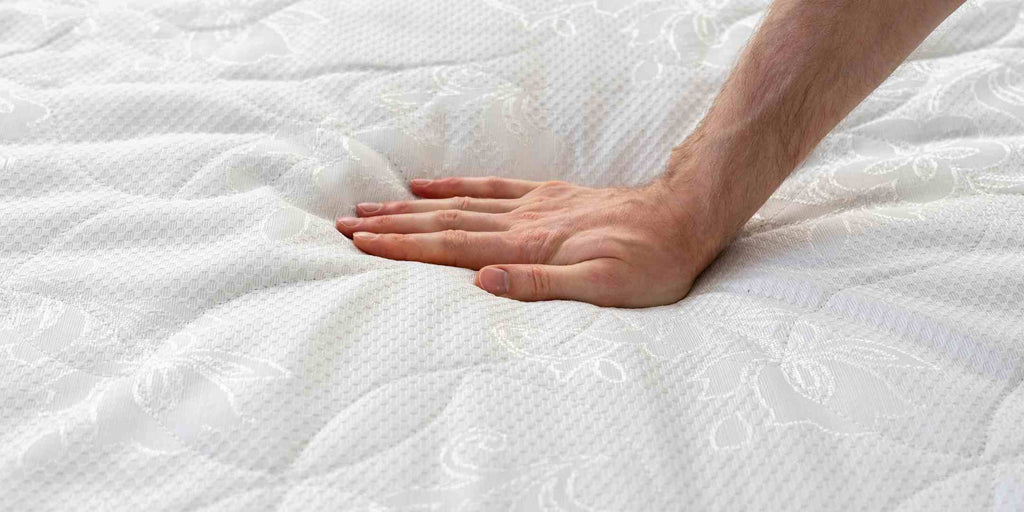
One of the most compelling features of latex mattresses is their remarkable lifespan and durability. Here's what you should know:
Longevity
A high-quality latex mattress can last 10 to 20 years or more, depending on its construction and usage. This extended lifespan often surpasses that of traditional innerspring or memory foam mattresses.
Resilience
Latex foam retains its shape and support over time, resisting sagging and indentation, common issues with other mattress types.
Maintenance
Regular care and proper maintenance, which we'll discuss later in this guide, can significantly prolong a latex mattress's lifespan.
Regular Maintenance Routine for Latex Mattress
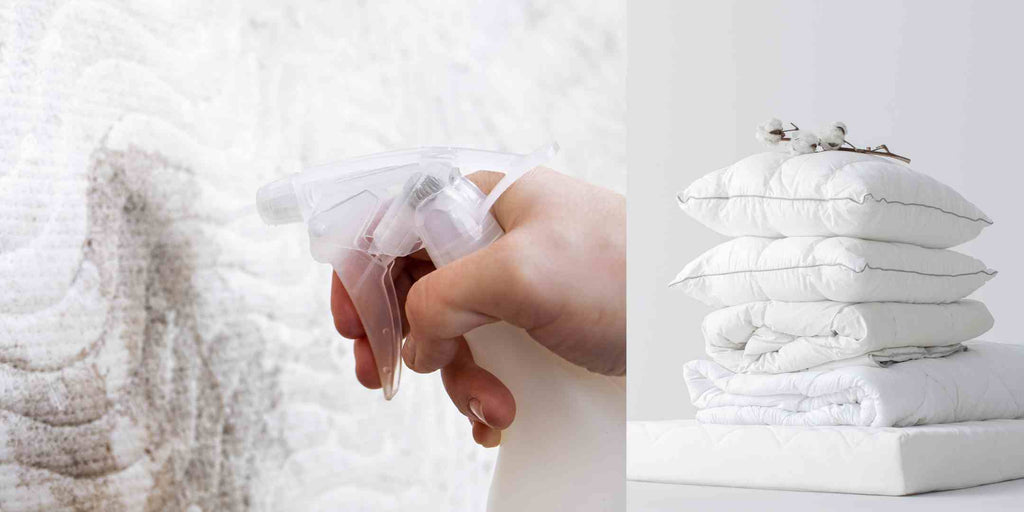
Regular maintenance is essential to preserve the quality and longevity of your latex mattress. Aim to clean your mattress every three to six months, depending on your lifestyle and the presence of allergens or spills. Additionally, perform spot cleaning whenever stains or spills occur. A consistent maintenance schedule helps prevent the buildup of dust, allergens, and odours, ensuring a healthier and more comfortable sleeping environment.
Tools and Supplies Needed for Cleaning Latex Mattress
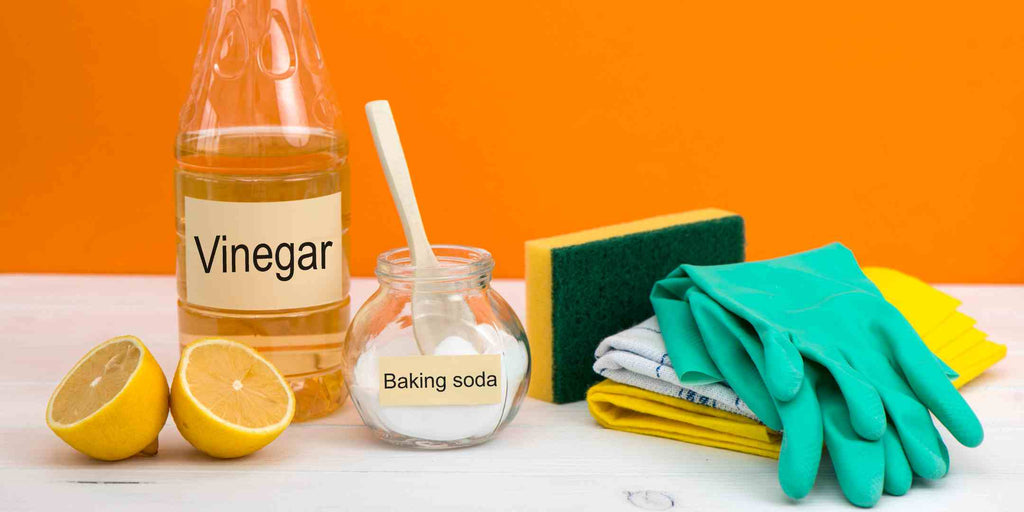
Vacuum Cleaner
A vacuum cleaner with an upholstery attachment removes surface dust, debris, and allergens. Use a low-suction setting to prevent damaging the mattress.
Mild Detergent
Select a gentle, pH-balanced, and fragrance-free detergent to clean your latex mattress and avoid using harsh chemicals or bleach, as they can degrade the latex foam.
Soft Brush
A soft-bristle brush, like an upholstery brush or a soft cloth, is useful for agitating and removing stains gently without damaging the mattress surface.
Lint-Free Cloths
Lint-free, absorbent cloths are necessary for blotting and cleaning stains and rinsing the mattress.
Spray Bottle
A clean spray bottle can dilute and apply the detergent evenly to the mattress surface.
White Vinegar (Optional)
White vinegar mixed with water in a 1:1 ratio can address odours and mildew if necessary. Ensure the mattress is thoroughly dried after use to prevent lingering odours.
Step-by-Step Instructions for Cleaning Your Latex Mattress
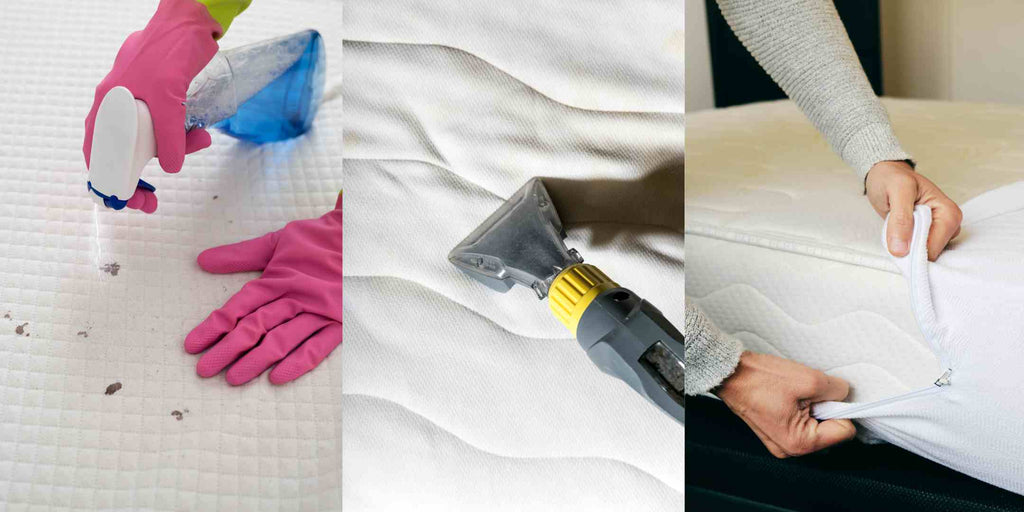
Removing Bedding and Linens
To ensure you can thoroughly clean the entire mattress surface, start by stripping the bed of all linens, including sheets, pillowcases, and mattresses.
Vacuuming the Surface
To clean your latex mattress thoroughly, use a vacuum cleaner equipped with an upholstery attachment set to low suction. Carefully vacuum the entire mattress surface, focusing on seams, creases, and corners where dust and allergens gather. This step eliminates loose dirt, dust mites, and other debris from the mattress's surface.
Spot-Cleaning Stains
- Examine the mattress for any stains or spills. Common stains include food, drinks, or bodily fluids.
- Create a cleaning solution by mixing a mild detergent with water. Avoid using excessive detergent, as it can be challenging to rinse thoroughly.
- Dampen a clean, lint-free cloth or sponge with the detergent solution.
- Gently blot (do not rub) the stained area. Apply light pressure to lift the stain without saturating the mattress.
- Continue blotting until the stain fades or disappears.
- Rinse the cloth with clean water and blot the area again to remove any detergent residue.
Cleaning with a Mild Detergent
- Fill a clean spray bottle with the diluted mild detergent solution.
- Lightly mist the entire mattress surface, taking care not to oversaturate it.
- Allow the detergent solution to sit briefly, breaking down any remaining dirt or stains.
- Afterwards, use a soft brush or a clean, damp cloth to gently scrub the mattress's surface, paying extra attention to any soiled areas.
- Wipe the mattress with a clean, damp, lint-free cloth to remove the detergent residue.
Rinsing and Drying Techniques
- To ensure no lingering detergent, fill a spray bottle with clean water and lightly mist the entire mattress.
- Wipe the mattress again with a clean, damp cloth to remove any remaining detergent or soap residue.
- Allow the mattress to air dry thoroughly. Place it in a well-ventilated room or near an open window with good airflow.
- Avoid direct sunlight and excessive heat, which can damage the latex foam.
- You can also use fans or a dehumidifier to expedite the drying process.
- Once completely dry, replace the mattress protector and linens.
Dealing with Common Mattress Issues
Common mattress issues like stains, odours, and dust mites can disrupt your sleep quality and the longevity of your mattress. Remember that these simple strategies help you maintain a fresh, comfortable, healthy sleeping surface.
- To address stains, promptly spot-clean with a mild detergent and water solution, avoiding harsh chemicals.
- For odours, sprinkle baking soda on the surface, let it sit for a few hours, then vacuum it off.
- Regularly wash your bedding in hot water to combat dust mites, use allergen-proof covers, and maintain a consistent cleaning schedule.
Flipping and Rotating
While most latex mattresses are designed to be one-sided, meaning you can’t flip them, you still have to consider rotating them 180 degrees every few months. Flipping and rotating your latex mattress is important to ensure even wear and extend its lifespan because this rotation helps distribute body weight and compression evenly, preventing the development of permanent indentations.
Protection and Mattress Covers
Mattress protectors and covers are crucial in safeguarding your latex mattress from potential threats, including spills, stains, allergens, dust mites, and general wear and tear. They act as a barrier between your mattress and the outside world, prolonging its lifespan and preserving its cleanliness and comfort.
Types of Protectors Available
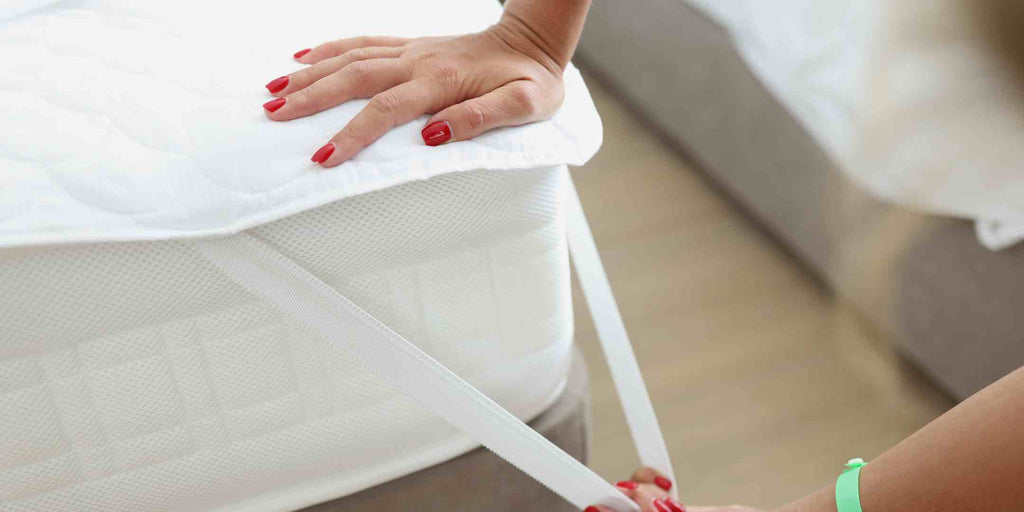
Waterproofing Protectors
These are ideal for preventing liquid stains and spills from seeping into your mattress, and they're beneficial for households with children or pets.
Hypoallergenic Protectors
Designed to block allergens like dust mites, pollen, and pet dander, these protectors are a boon for allergy sufferers.
Breathable Protectors
These covers are made from materials that maintain the mattress's breathability, allowing air to circulate and preventing heat buildup, which can be especially important for latex mattresses known for their temperature regulation.
Encasements
Mattress encasements provide complete coverage, enveloping the entire mattress, including its sides. They are especially effective at keeping out bed bugs.
Recommendations for Choosing the Right Cover
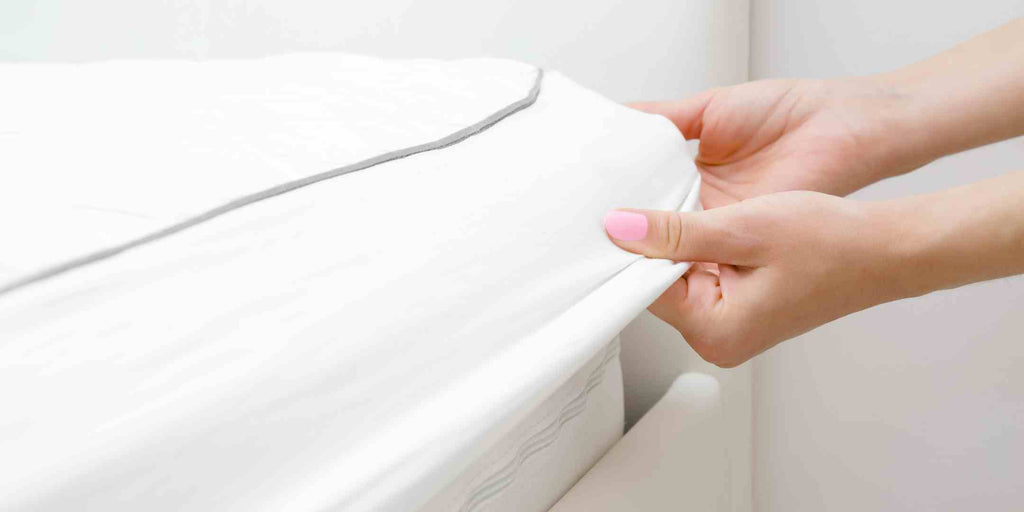
Size and Fit
Ensure the protector or cover fits snugly on your mattress, with elasticised corners or zippers to keep it securely in place.
Material
Consider the material of the protector. Cotton and organic materials are breathable and comfortable, while waterproof protectors may use synthetic materials like polyurethane for water resistance.
Allergen Protection
If you have allergies, opt for a hypoallergenic cover with a tight weave to prevent allergens from penetrating.
Maintenance
Look for covers that are easy to remove and machine washable for convenient upkeep.
Purpose
Choose a protector based on your specific needs. If you're worried about spills, go for waterproof. If allergies are a concern, prioritise hypoallergenic options.
Reviews and Recommendations
Read product reviews and seek recommendations from experts or friends with similar preferences or needs.
Conclusion
When it comes to sleep, few things compare to a latex mattress's luxurious comfort and durability. However, like any cherished possession, these mattresses demand our care and attention to ensure they continue to cradle us into restful slumber night after night. With these strategies, you can enjoy your latex mattress's exceptional comfort and support for years, ensuring that each night's rest is a rejuvenating and indulgent experience. So, as you embark on your journey towards a well-maintained mattress, rest assured that the path to a good night's sleep has been made smoother, comfier, and more refreshing than ever before.








